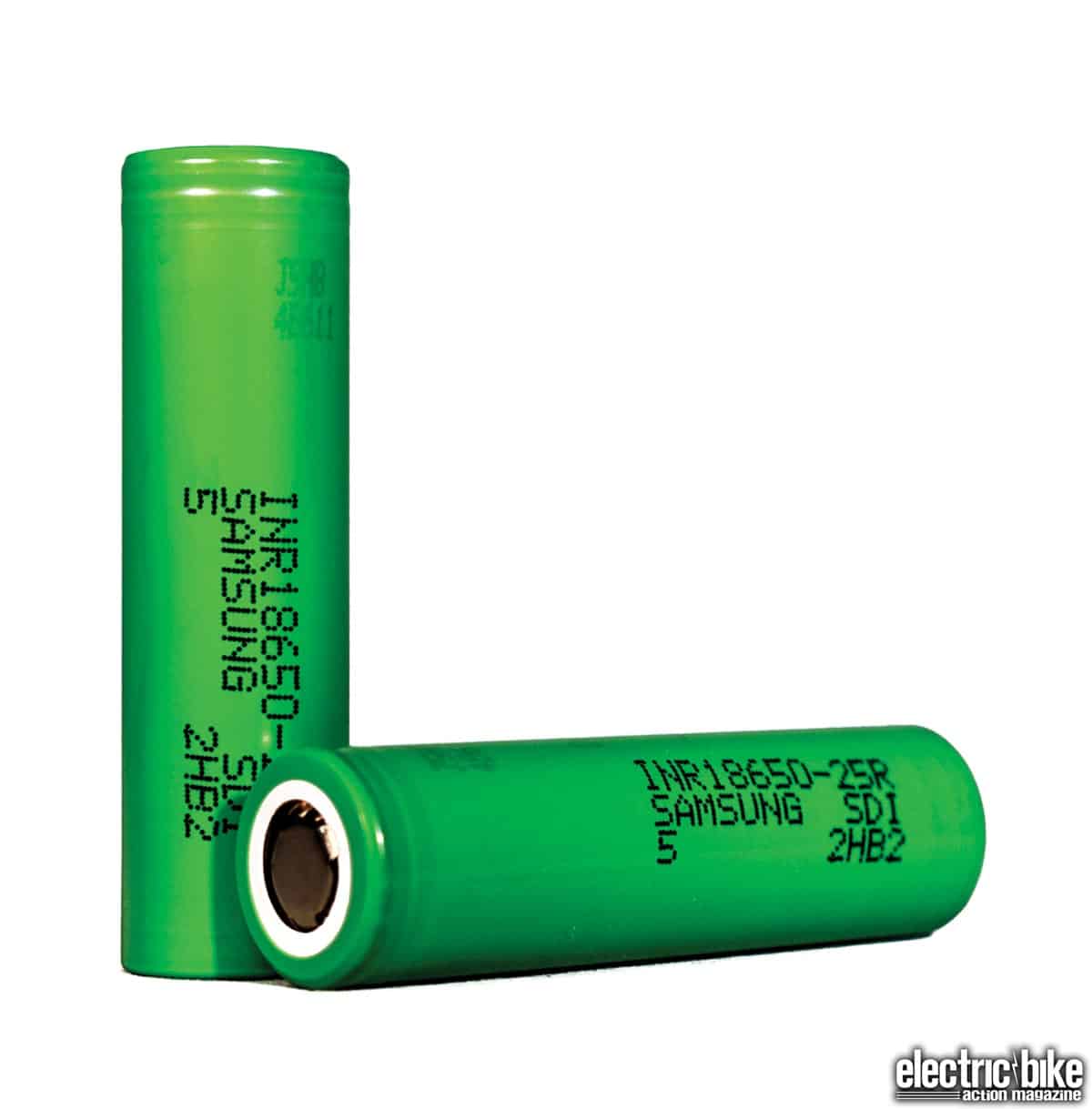Watts Up With E-Bikes
100 watts of work for five hours. If you know the voltage of the battery, you can convert the specification. A 10-Ah, 36-volt battery has 360 Wh of energy (watts = amps x volts). Generally, as the power demands increase, so should the voltage and amp-hour rating.

WHAT ABOUT ENERGY?
Buyers ask this question all the time: “How far will it go on a charge?” Most e-bikes will go 20 to 50 miles on a charge. Several factors affect mileage. Obviously, the more you do the pedaling, the farther you go. Two massive things work against you: wind resistance and weight. The faster you go and the more you weigh, the shorter your distance. Other factors include tire type, tire pressure, motor efficiency, battery size, battery age, hills, wind, and temperature (batteries work best around 60 degrees, +/-30 degrees).
WHAT ABOUT PRICE?
Prices for e-bikes are proportional to a variety of criteria, including frame material and parts spec, but when it comes to the e-side of things, prices can fluctuate depending on the volts + amps + watts + watt-hours of the powerplant. Simply stated, you get what you pay for. Another interesting fact is that you are paying more than half the price of the bike for the motor and battery. For example, a typical mountain bike costing $2,000 would cost $5,000 with a center-drive motor. It also doubles the weight of the bike.
Hungry for more? Visit your local bike shop and test your new knowledge. Most important, ride a few bikes and compare the performance for yourself.
Editor’s note: Randy Archer runs Archer’s Bikes in Mesa, Arizona. Be sure to check out their blog for more info and FAQs: www.archersbikes.com.
GET YOUR
ELECTRIC BIKE ACTION TODAY
Subscribe Here
For more subscription information contact (800) 767-0345

